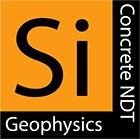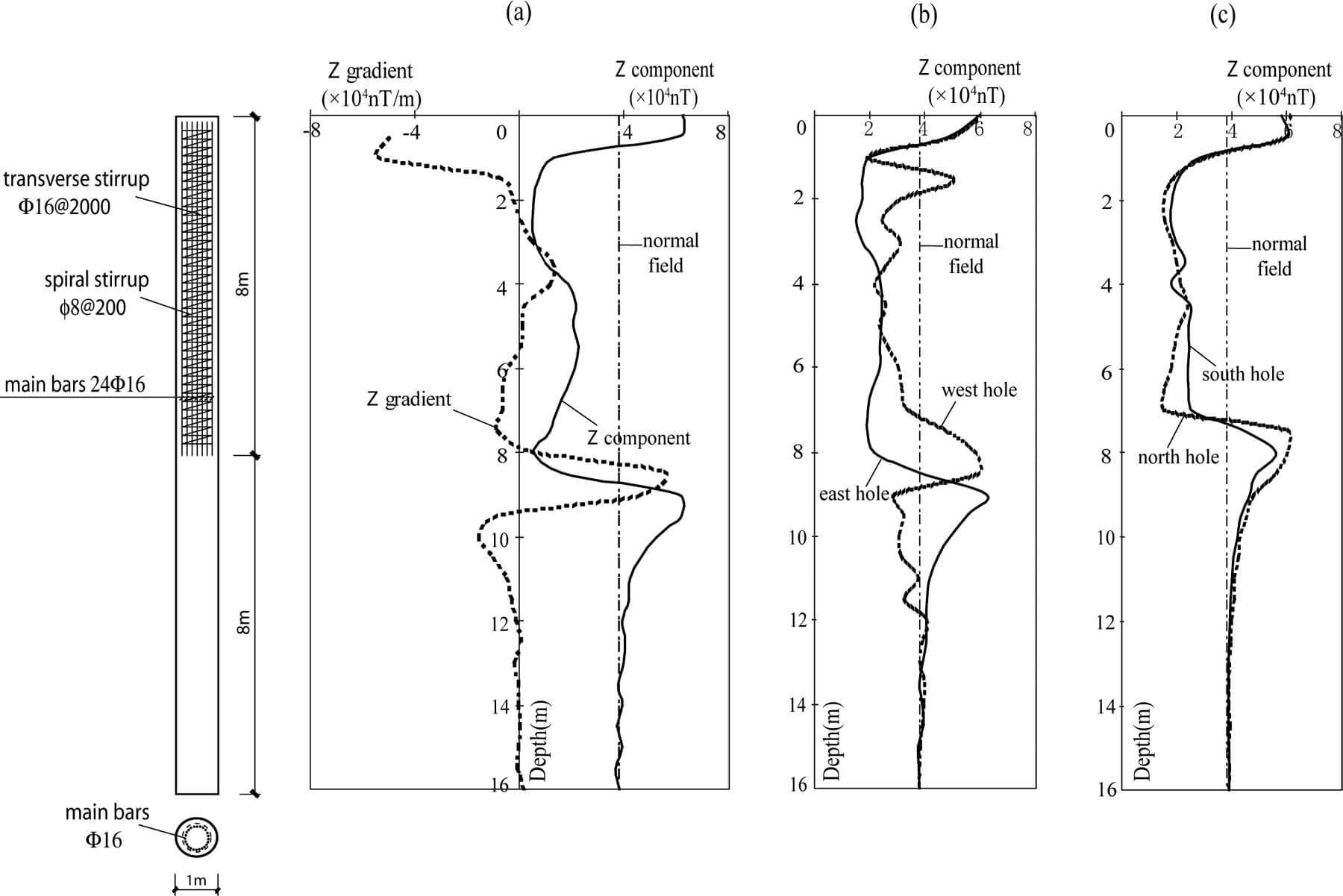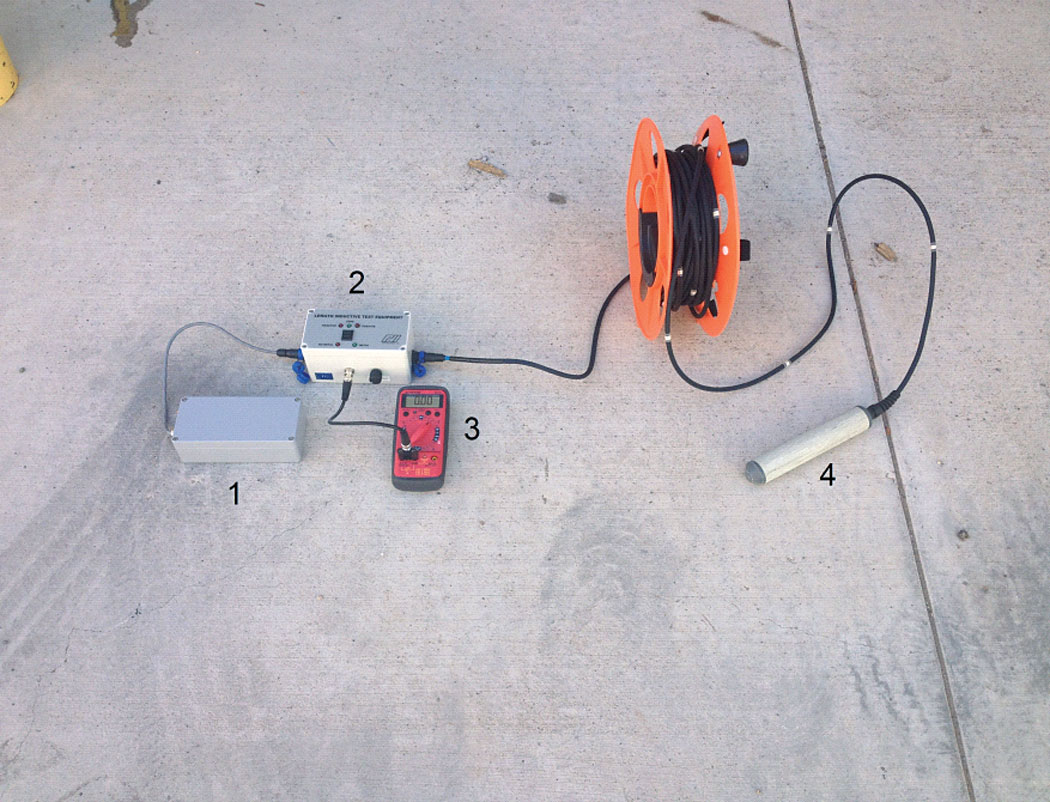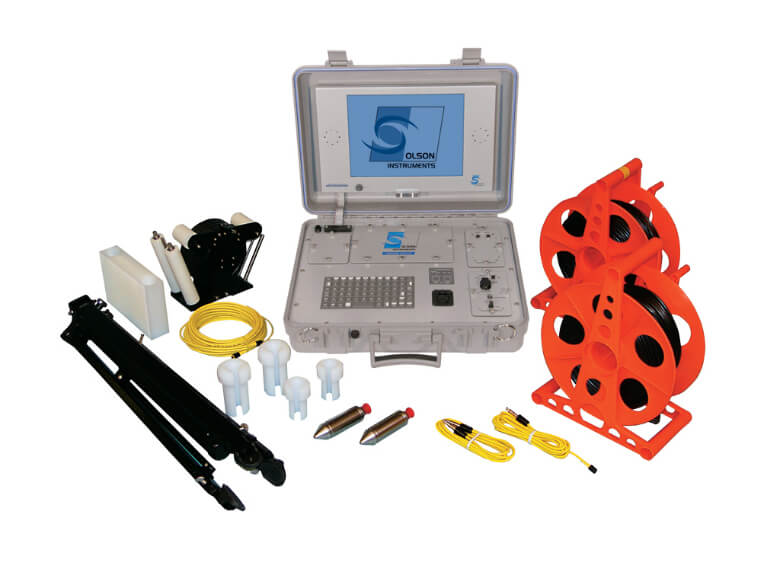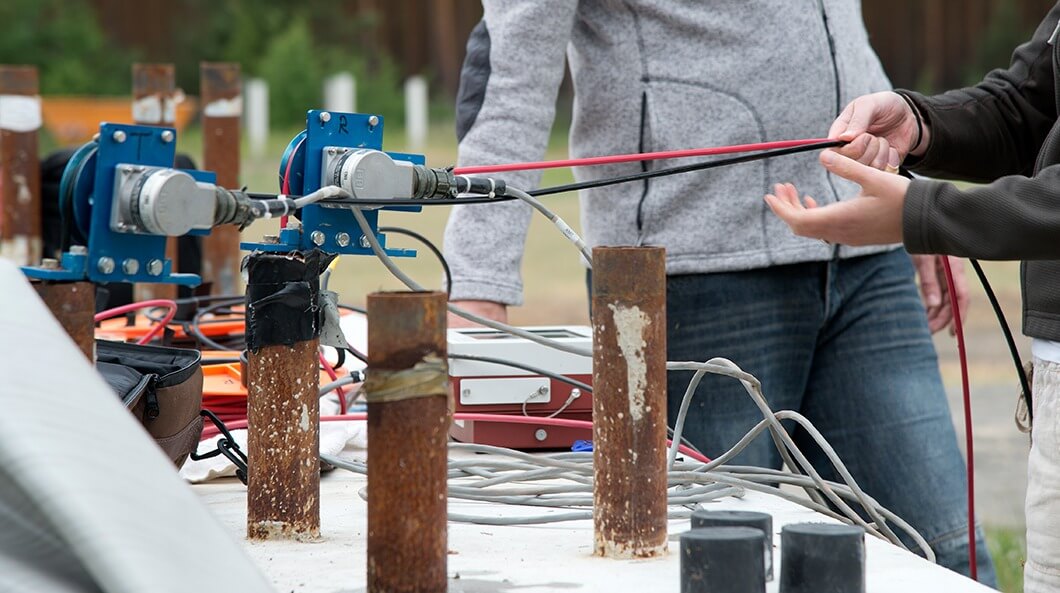This method is mostly applicable to determining depth of Steel-reinforced or H-pile foundations. The method involves inducing an electromagnetic field in the steel foundation by passing an AC current down the foundation and back through the soil to a reference electrode, the detecting the field by a polarized B-field magnetometer sensor which is lowered into an adjacent PVC cased borehole as magnetic field (B) is recorded with depth.
The depth of the foundation is determined by measuring the magnetic field strength versus depth and looking for the inflection point in the graphed data.
Where possible Induction field method should supplement Parallel Seismic (PS) or Downhole Seismic (DS) methods, to check accuracy, as both methods are quick, economical and can use the same test borehole
Benefits
Deep Foundation Investigation
- Accurately determine depth of Deep foundations, Sheet piles
- Applicable to marine environment (Bridge Piers, Footings)
Method
To implement the IF method, an AC current flow is impressed into the steel-reinforced foundation pile (under investigation) from current flows in a loop via the earth and to a return electrode which can be an electrode stake or another steel pile, at a known distance distance from the test pile.
A receiver in form of a B-field (or dB/dt) induction coil or magnetic field sensor is lowered in nearby test bore to sense the magnetic field induced into the steel by the current flow, as illustrated in schematic below.
Data processing and determinations
Magnitude of induced voltage (sensed by the coil) is plotted Vs. depth. The secondary voltage is expected to be high along the depth of the steel foundation and suddenly a noticeable drop in voltage to a stable minimum beyond the toe of foundation. A tangent point to the linear portion of the curve is then used to estimate the foundation depth at the inflection point of the change in volt-age with depth.
Note: presence a shallow ground water-table will somewhat affect the results of this measurement if the foundation toe transmits the current to the regional water table.
